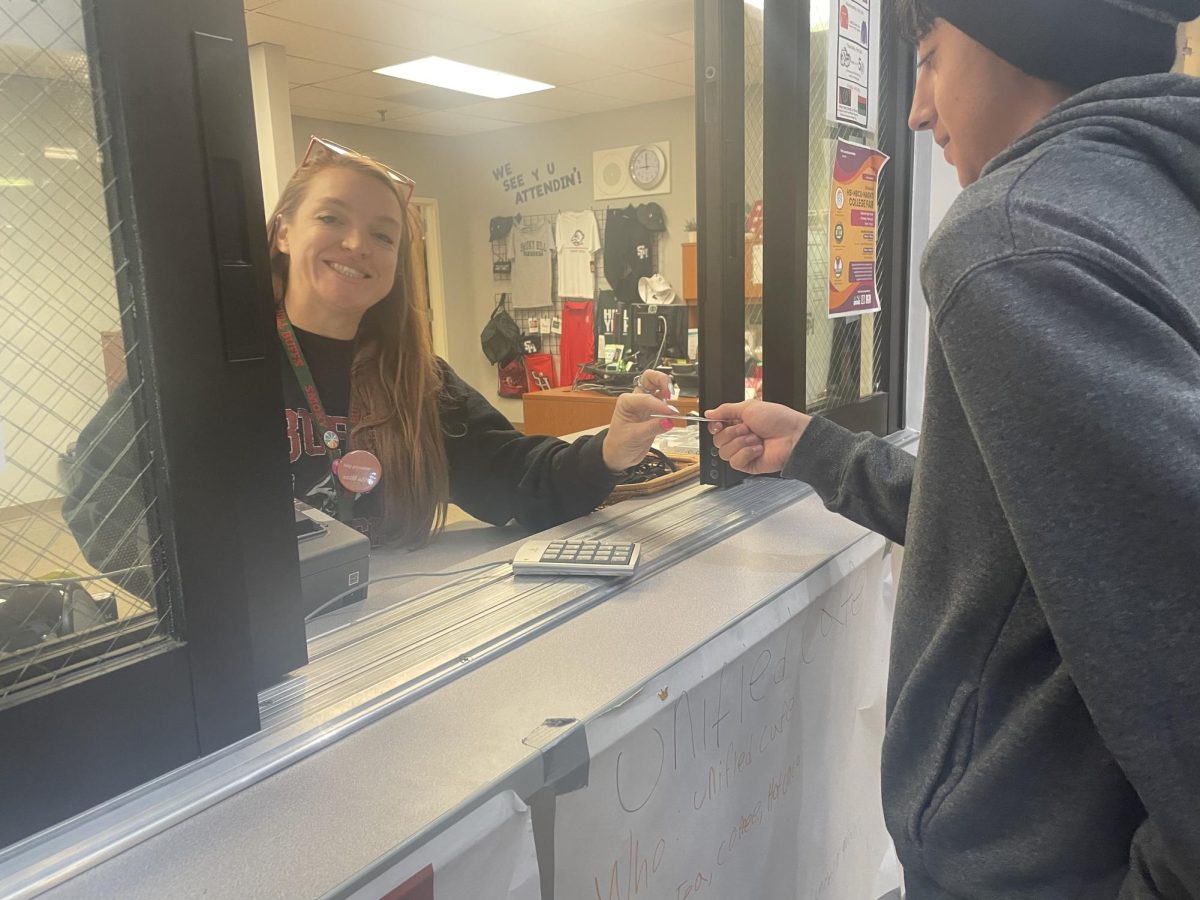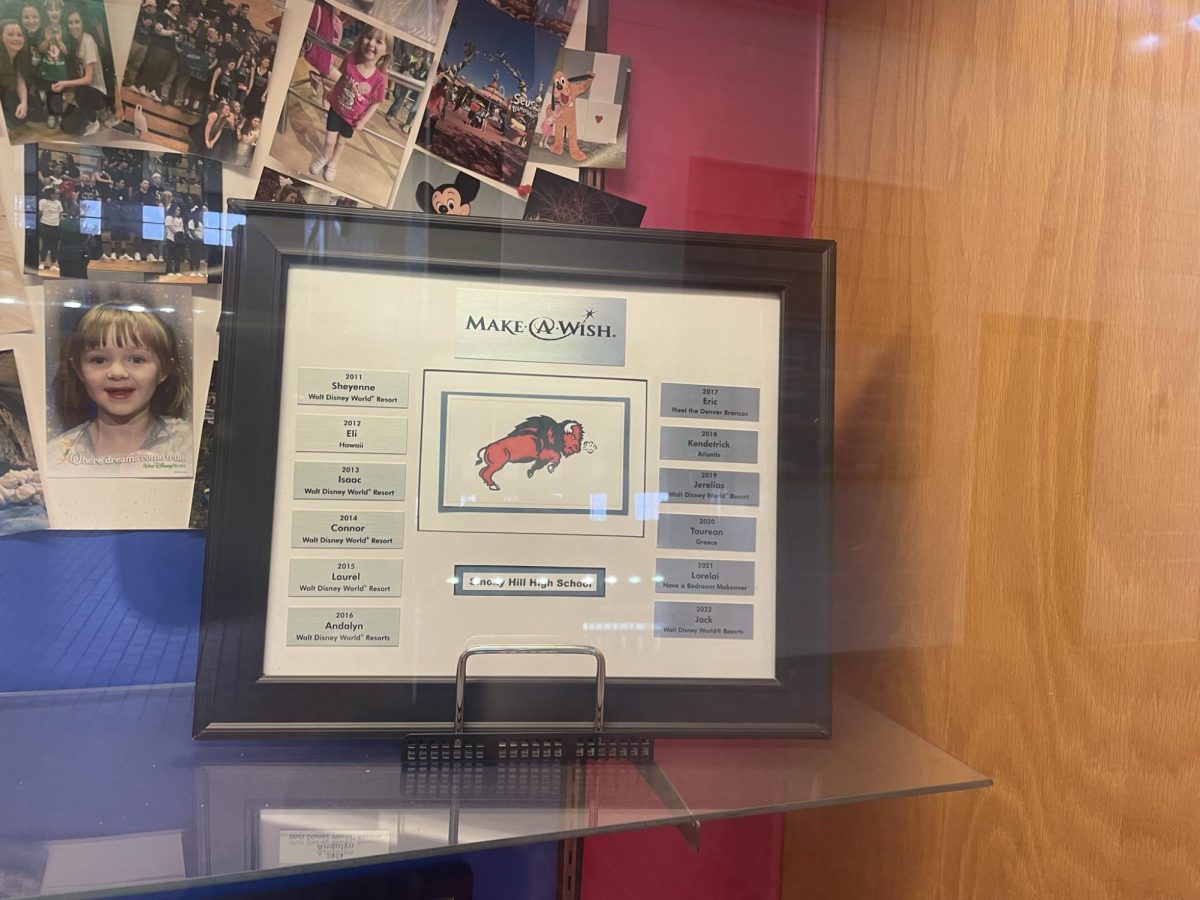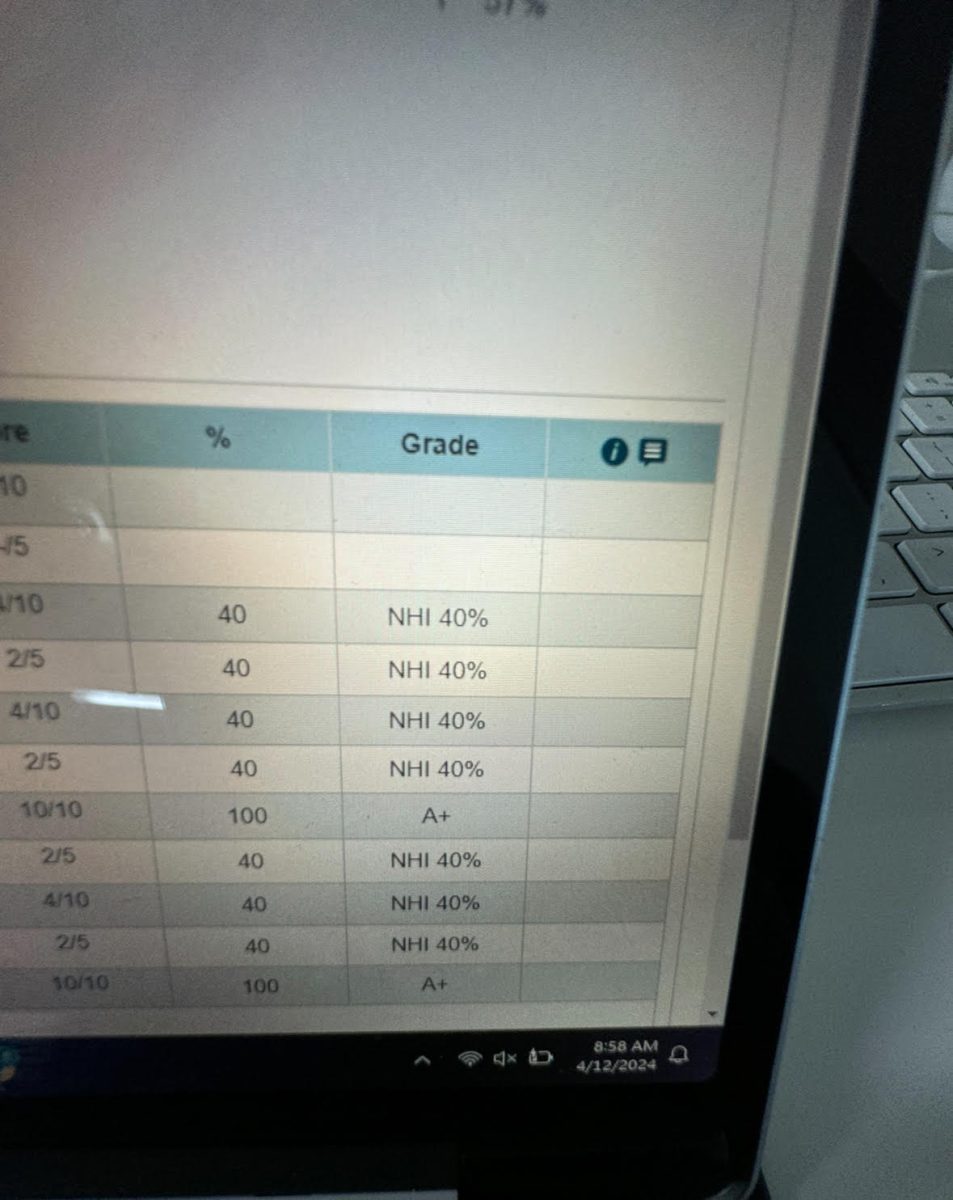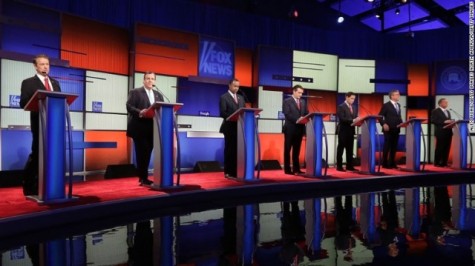What Do Caucuses Mean?
Better understanding of caucuses as well as the results of the Iowa caucuses.
February 3, 2016
The Iowa caucus kicked off the election season on Feb. 1. Before the general election, each state has its caucus, and a presidential candidate has to win the approval of their own political party before they can be on the ballot for the general election. Think of the caucuses as the NFL playoffs—with candidates dropping out after each round of voting—and the general election this fall is like the Super Bowl where (usually) two candidates go head-to-head for the presidency.
“I was surprised that Trump came in second place as opposed to winning,” AP History teacher, Donald Hawley said. “I think a lot of people expected that he was going to win. Cruz came out ahead of him by a substantial amount, I think many people are now concerned if this is going to be a three people presidential race as opposed to having all of these candidates on the Republican side.”
The caucus meeting for Iowa Democrats and Republicans began at 7 p.m. Central Time, or 8 p.m. for the East Coast. Anyone who showed up on time can took part. Caucus meetings begin with the Pledge of Allegiance, and then the people participating start selecting the presidential candidate they support.
The Republican presidential preference poll is relatively straightforward. Once you are in your group and your group meeting has been called to order, usually the chair of your caucus will invite anyone to speak briefly in support of their favorite candidate. Once all speeches are completed, each eligible voter in the caucus will be given a piece of paper to either write or mark their choice.
After collecting the secret ballots, the votes are counted in the groups and announced to the room. All the group votes of a county are collected by party leadership and then reported to the Republican Party of Iowa to organize the state results.
The Democratic process is a bit more complicated. In Democratic caucuses, after given an opportunity to speak on behalf of a favorite candidate, participants physically move into different parts of the room to show which candidate they support. The size of candidate’s votes are counted, and candidates who don’t have enough support are considered not able to continue.
The candidate you are voting must have 15 percent of the votes or else you would have to switch to another candidate group, or remain “uncommitted”. The number of votes each candidate gets determines what percentage of that group’s delegates will represent that person at the county convention.
“There is not a tremendous difference on how the caucus works for the Republicans and Democrats. Honestly I thought the tremendous difference was that in the past years, for example in 2008, when there was a big new candidate the Senator Obama, all of the people shifted to the Democratic side,” Hawley said.
Some presidential candidates called it quits prior to the Iowa caucus. Rand Paul speaks at Nationwide prior to the Iowa caucus Feb. 1 and he announced Feb. 3 he would drop out of the presidential race. Republican presidential candidate – former Arkansas governor – Mike Huckabee, ended his campaign Feb. 1.
Democratic presidential hopeful Martin O’Malley visits his campaign office prior to the Iowa caucus Feb. 1. The former Maryland governor will withdraw from the race after losing badly to Clinton and Sanders.
“This time, with all of these Republican candidates, the Republican side is much larger than it has ever been, and many people were surprised about that. Since Clinton [and] Sanders were so close, it is hard to decide who is gonna win from the Democratic side. In general this is a very close Presidential race,” Hawley said.
Down below is the result of the Iowa Caucus
| Democratic | Republican |
| Clinton(Won) 49.9% | Ted Cruz(Won) 27.6% |
| Bernie Sanders 49.6% | Donald Trump 24.3% |
| Martin O’Malley 0.6% | Marco Rubio 23.1% |
| Ben Carson 9.3% | |
| Rand Paul 4.5% | |
| Jeb Bush 2.8% | |
| Carly Fiorna 1.9% | |
| John Kasich 1.9% | |
| Mike Huckabee 1.8% | |
| Chris Christie 1.8% | |
| Rick Santorum 1% |




























